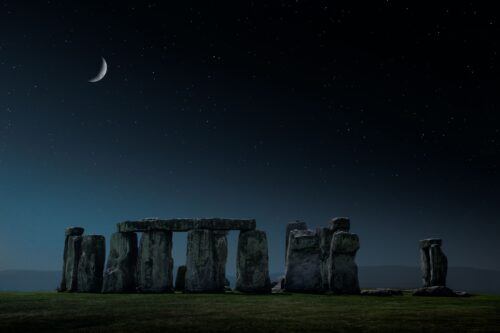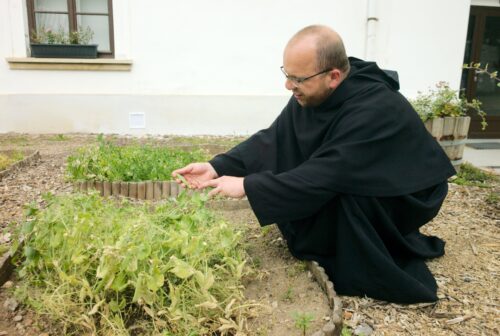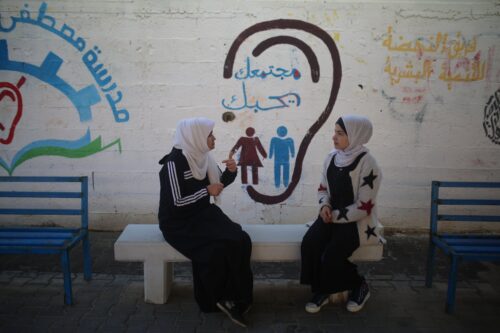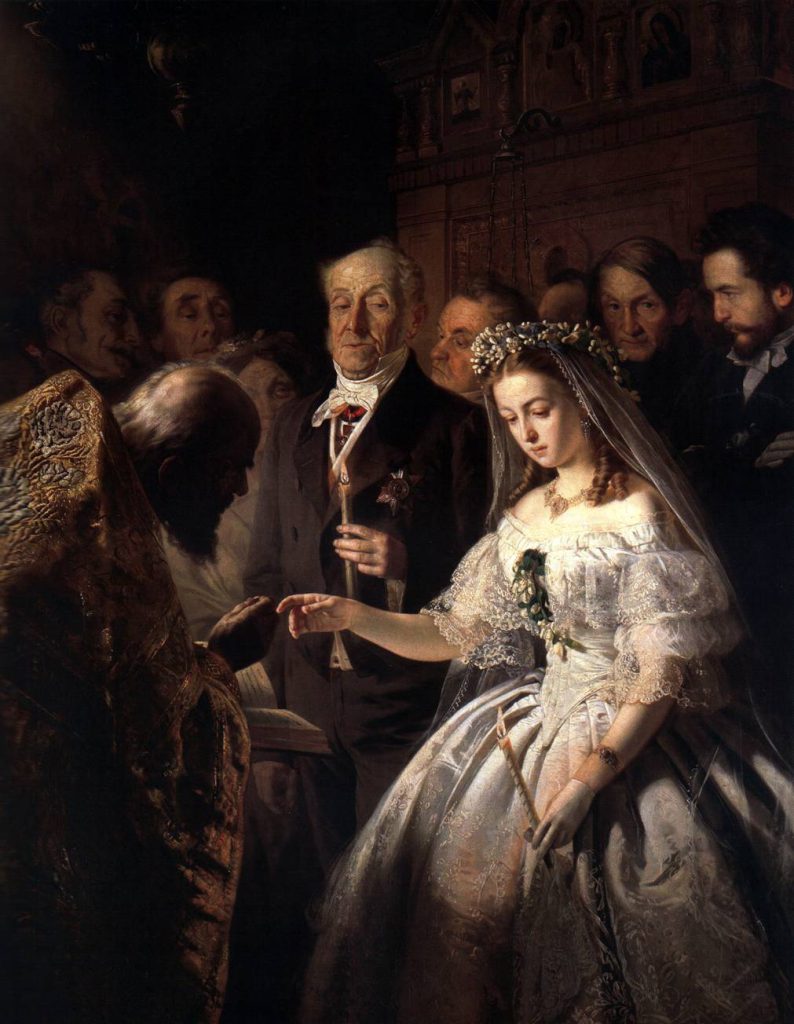When It Comes to Love, Is Three (or More) a Crowd?

Passionate love is a dangerous thing, or so many cultures, folk tales, and stories say. Romeo and Juliet kill themselves over it. Guinevere regrets her impulse to rush into a disastrous love affair with Sir Lancelot. In the original tale of the Little Mermaid, our heroine loses her voice and is turned to sea foam when she cannot gain the attention of her one true love.
As an anthropologist, I wondered if I could work out how prevalent this fear is and gain insight into how societies have tried to cope.
Romantic love can and often does disrupt social relations—it is a turbulent and complex human emotion. My investigations into this mysterious human phenomenon began in 1990 and led me to study a polygamous community, polyamorous relationships, and stories of love in world literature.
In the late 1990s, a colleague and I looked at folk tales from 78 cultures around the globe and counted how many contained stories of relationships that take a nasty turn. Among these cultures, 94 percent had stories that warn men of the dangers of becoming involved with a beautiful woman, or femme fatale. Although only 26 percent had accounts about the dangers of male beauty, 50 percent portrayed the risks of falling for a high-status but uncaring man. As the numbers show, a chief fear is that of unrequited love. Many tales provide warnings about or offer guidance on how to avoid being misled, manipulated, seduced, or harmfully used by an attractive but ill-meaning lover.
In China, for example, a common folk tale character is a fox fairy or spirit who takes the form of a beautiful woman in order to seduce and then kill her lover. Even today, Chinese men tease one another, saying that a particularly beautiful woman might be a fox fairy, and newspaper stories warn men about the dangers of falling in love with a mistress who feigns interest only to bankrupt and abandon her companion. The Inuit have a folk tale in which a hunter sees a beautiful woman and chases her down the river, only to die from exhaustion; the woman transforms into a raven and flies away. Another example comes from Australian Aborigines, who warn men to be careful of approaching a beautiful woman who sits on a river rock singing the most beautiful songs; it is said that with her crab-like fingers, she will crush any man who swims out to her.
This theme of disappointment in love, found around the world, has given rise to many philosophies on how best to avoid it. Some cultures entirely reject the idea that romantic love is a positive experience. In societies with arranged marriage, such as Afghanistan, India, and Saudi Arabia, the senior generation almost always views romantic love as a dangerous emotion that is best ignored or denied (though the younger generation seems increasingly willing to take the risk).
A different approach to easing the hurt of failed love is to love many at the same time; while this practice may minimize the dangers of an unhealthy attachment to a single lover and spread out the risk of being rejected, polyamory advocates insist this is not why they seek relationships with multiple partners. For most, loving more than one person provides a richer support network that enhances their sense of personal fulfillment. Do they have it right?
Early on in my research, in 1993, I embarked on a six-year investigation into a Mormon polygamous community located in Angel Park, a small town in the U.S. Southwest, that believes plural love is the highest form of love. (To protect the privacy of the community, I prefer to be discreet about its exact location.)
In this type of plural love, wives, children, and one husband try to hold one another in high regard and actively work, and often struggle, to build harmonious love bonds that unite them in this world and into the next. The plural family is held together as much by a collective will or communal effort to maintain a strong image of a harmonious family as it is by individual feelings or actions. The belief among some Mormons that this type of harmonious love bond can be successful has also received support from a few anthropologists. Other scholars disagree, arguing that an impulse to form a pair bond is present in every known society, even in those that strive to deny its existence.
In the community I studied, although they fervently stressed harmonious love as their core ideal, I found that personal sexual desires and romantic preferences for emotional exclusivity created tensions. In spite of the doctrine of polygamy, which was advanced most adamantly by men, women regularly used the quality of their husband’s affection to assess the quality of their marriage, and they were often jealous of their spouse’s attentions toward other wives. As one man with two wives said, “My wives are not upset over sex, but they are over the amount of time I spend with each wife. They seem to count the time and measure it. It is the source of many of our family disagreements.”
On a wife’s birthday or a wedding anniversary with her, it was common practice for her husband to take her to dinner or the theater. While I was there, community leaders suggested changing this practice so that all the wives could go along, but the community largely ignored their advice. Even for the most fundamentalist men, it was easier to honor their wives’ request to be treated as special and unique, if only for a day.
After my time with this Mormon community, I was more convinced than ever that humans are fundamentally a pair-bond species; we have a desire to form deep affectionate bonds with just one specific person.
Related research I started in Las Vegas in 1992 also illustrated to me the long-term value of exclusive romantic love between two people. Multiple-person love bonds that are not oriented around religious beliefs falter over time. Yet, a subset of anthropologists have argued that some people can maintain strong concurrent loves. Still others have come to similar conclusions as mine.
Over six years, a colleague and I met and interviewed 27 people who claimed to have had concurrent loves. While many of these people experienced little or no tension at the beginning of their multiple relationships, I found that they all struggled to balance their lovers in a manageable arrangement. They often tried to establish boundaries to distinguish and define each relationship—in some cases, the lovers lived in different places or fulfilled distinct and complementary needs, like sex and emotional support. As one 29-year-old woman put it, “I love both men deeply but for different reasons. … Dave is always there for me. He helped me solve my problems. He always encouraged me at everything I tried to do. On the other hand, I wanted Steve physically. I just wanted him so much.”
This “psychological bracketing” is a cognitive technique that helps to close off or isolate each relationship. But conflict always grew between the lovers. “After falling in love with Steve, everything about Dave started to annoy me,” admitted the 29-year-old. In time, concurrent loves tended to move toward companionship; romantic love seemed to have a relentless pull toward exclusivity.
A lot of the people I spoke to reported experiencing a deeper, richer, and more meaningful satisfaction from being involved with multiple lovers. This satisfaction, however, seemed to be relatively brief. In the end, everyone I interviewed said that it was the worst time of their lives and that they would not wish the experience of “loving two at the same time” on anyone. Whatever their initial reaction, upon reflection no one recalled true happiness, emotional satisfaction, or nourishment in their concurrent love relationships.
Yes, the problem of trying to find one person to love is a scary one. In nearly every culture, people fear being misused, abused, manipulated, and left to die of a broken heart.
Yet the idea of a two-person love pairing endures around the world. Anthropologists once thought that the whole idea of “romantic love” was a Western invention. But a study of global literature reveals the fallacy of that: I found tales of love, and broken hearts, in Chinese literature from 2,000 years ago, for example. One study a colleague and I did, from 1992, shows romantic love in 151 of 166, or 91 percent, of the cultures studied.
Passionate love between two people is a pervasive human theme.
Humans as a species may not be sexually monogamous, but they do seem to be emotionally monogamous; it is very difficult to passionately love two people at the same time. In the end, it seems to me, everyone who desires being in love discovers, for better or worse, that it’s a two-person job.































